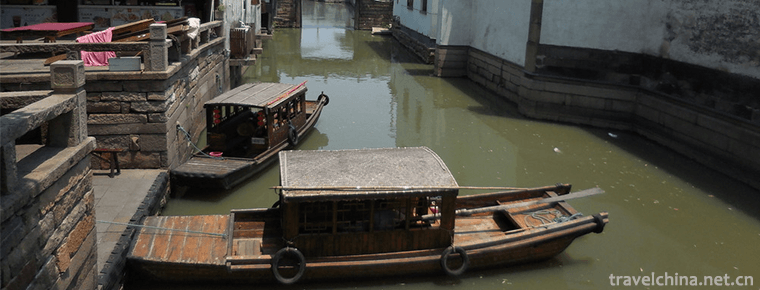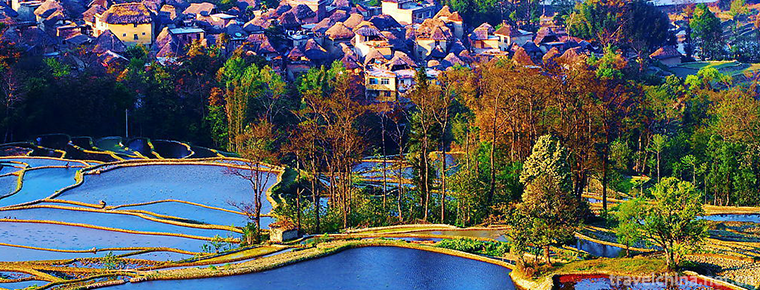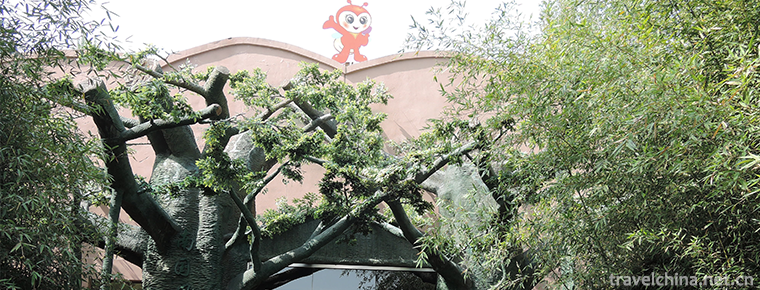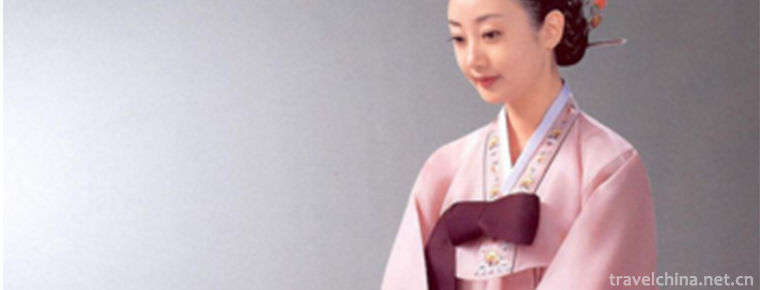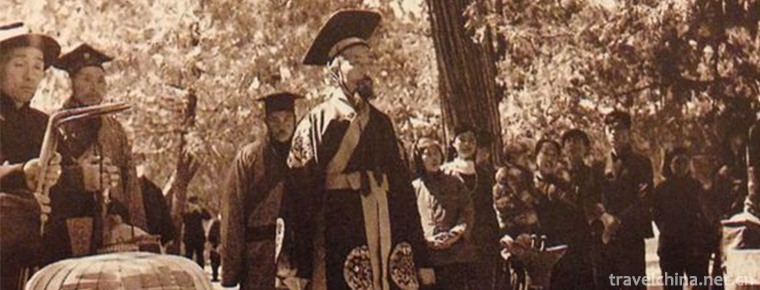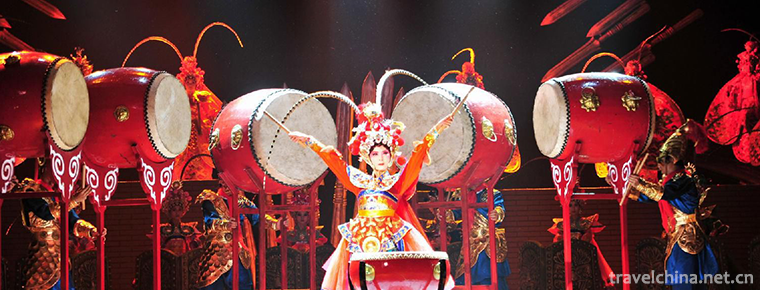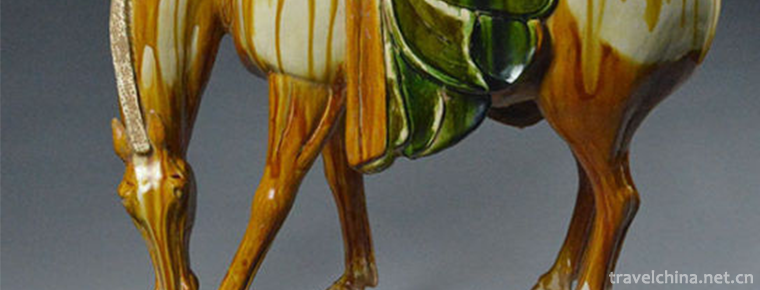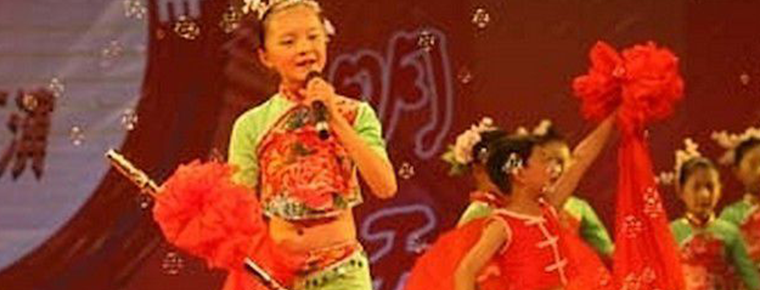Fulaishan Scenic Area
Fulaishan Scenic Area
Fulaishan Scenic Spot, located about 8 kilometers west of Juxian County Town, is a national AAAA-level tourist scenic spot, provincial scenic spot, provincial geological heritage nature reserve, and international green humanistic scenic spot. It was rated as the top ten charming scenic spots in Shandong Province in 2005. It has warm winter and cool summer, pleasant climate, and is known as "Natural Forest Oxygen Bar". It is a summer resort and a winter leisure place. Fulai Mountain, also known as the floating hill, is 298.9 meters above sea level and covers an area of 10 square kilometers. It is composed of the tripod of Feilai Peak, Fulai Peak and Folai Peak. The three peaks are connected with each other like Wolong and have a unique elegant and delicate charm.
Scenic area is a multi-functional leisure and entertainment place which integrates sightseeing, catering, entertainment, shopping, fitness, ancient geological relics and ancient cultural sites. There are eight views, twelve sceneries, three springs and four gardens in the scenic area. Xiuzhu Qimu, the valley is lush, rocky, streams ripple.
The main attractions are: Dinglin Temple in the Millennium Ancient Temple, the former residence of Liu Xie, the earliest literary critic in China; the first tree of Ginkgo biloba in the world, nearly 4000 years old, which can be regarded as a living fossil in the biological world; the school building, where Liu Xie has retreated and collected books; the three churches, the only three religious temples in Shandong Province; the Chaoyang Temple in the Millennium Ancient View, where Zhang Sanfeng once practiced Taoism; Root Search Museum, which has been listed in the Guinness World Records, exhibits more than 50 pieces of root sculpture art represented by the 8,000-year-old King Tangen. There are also many participatory projects such as tiger riding, lion taming and alpine grass skating and fruit picking, which are currently the largest outdoor sculpture group of 500 Arhats in China, and natural animal areas.
geographical environment
Fulai Mountain Scenic Spot , also known as Fulai Hill, is located in the west of Juxian City, Rizhao City, about 8 kilometers away from the county seat. It is a national AAAAAA-level tourist scenic spot, provincial scenic spot, provincial geological heritage nature reserve, and international green humanistic scenic spot. It has been rated as the top ten charming scenic spots in Shandong Province in 2005, with warm winter and cool summer, pleasant climate. It is known as "Natural Forest Oxygen Bar", and it is summer. Summer resort, winter leisure.
Historical culture
Dinglin Temple, one of the oldest monasteries in Shandong Province, was built in the Northern and Southern Dynasties. It is the place where Liu Xie, a critic of ancient literary theory, retreated in his later years to collect books and classics. It has a history of more than 1500 years. It is one of the oldest monasteries in Shandong Province and a key cultural relic protection unit at the provincial level. The whole courtyard is north-south, divided into front courtyard, middle courtyard and back courtyard, 95 meters long in North and south, 52 meters wide in East and west, with a total area of 4940 square meters. In the courtyard, ancient trees are towering, ancient monuments stand in a forest, and there are many landscapes. In the front yard, there is "the first tree of Ginkgo biloba in the world", which is 26.3 meters high and 15.7 meters around. The tree age is over 3500 years. It is still lush and vigorous. It can be called "living fossil" in the biological world. In 1982, UNESCO conducted a special study on it and broadcast its close-up to the world. In the courtyard, there are palaces such as Daxiong Palace and many stone tablets. There are Liu Xie's School Building and the Ten Kings'Palace in the middle court. The school building is a two-storey small attic. The three words "School Building" on the horizontal plaque are the themes of Guo Moruo, a famous historian in China, in commemoration of the 1460th anniversary of the completion of Wen Xin Diao Long. The backyard is the only three religions temple in Shandong Province. There are also four Ginkgo biloba trees with the same roots in the courtyard, more than three surroundings, known as "Gongsun Tree", planted in the Tang Dynasty.
Legend of scenic spots
Fulai Mountain Scenic Area, also known as Fulai Hill, is located in the west of Juxian City, Rizhao City, about 8 kilometers away from the county town. There are three peaks, one is "Folai Peak" in the north, the other is "Floating Peak" in the West and the other is "Flying Peak" in the south. The three peaks stand at the top of each other and are connected by arches, only slightly open to the east. There are myths and legends about the origin of Sanfeng's name.
In ancient times, there was a fairy who swam here and saw the beautiful land, the long flowing clear water, peach, willow and green, and the pleasant scenery in the Shuhe River area. The beauty is the lack of green hills embellishment. So he took a mountain from a distance and put it here, that is, Folai Peak. Later, when the God of water drifted to this place, he saw the single peak standing up, alone and without a couple. He also exerted his magic power and drifted from the water to a mountain with the dependence of the Buddha Peak, that is, the "floating peak". The two peaks are not linked in a pattern. Overnight, I don't know where to fly to another mountain. It is situated in the south of the two peaks as a barrier, that is, the "flying peak". Thus, the three peaks stand, such as dragons, tigers, continuous. From generation to generation, people call the three peaks Floating Mountain.
Myths and legends are not convincing, but from the Trilobite fossils and other marine animal fossils found on the mountain many times, as early as 400 million years ago in the Paleozoic Ordovician, Fulaishan was indeed submerged in the vast ocean, and deposited a deep rock layer, after the sea water receded, it emerged in the world, forming the present Fulaishan. Because of its unique geological structure, Fulai Mountain was approved by the provincial government as a provincial geological heritage Nature Reserve in 2001, and became one of the four geological parks in our province.
Advantages of scenic spots
Juxian is a large tourism County in southeastern Shandong Province with a long history and splendid culture. Juxian culture and Qi culture, together with Lu culture, are called the three major cultures of Shandong Province, and play an important role in the history of human civilization. Jucheng, located between Haidai, is an important cultural center for the ancient indigenous people of Eastern Yi. Jucheng was once the capital of three generations of Ju Kingdom and was rated as a famous historical and cultural city at the provincial level.
Fulaishan Scenic Spot , located about 8 kilometers west of Juxian County Town, is a national AAAA-level tourist attraction, provincial scenic spot, provincial geological heritage nature reserve and international green humanistic scenic spot. It was rated as the top ten charming scenic spots in Shandong Province in 2005. It has warm winter and cool summer, pleasant climate, and is known as "Natural Forest Oxygen Bar". It is a summer resort and a winter leisure place. Fulai Mountain, also known as the floating hill, has an elevation of 298.9 meters and an area of 10 square kilometers. It is made up of the tripod of Feilai Peak, Fulai Peak and Folai Peak. The three peaks are connected with each other like Wolong and have a unique elegant and beautiful charm. The ancient temple Dinglin Temple, the first tree of Ginkgo biloba in the world, Liu Xie School Classic Building and other landscapes are well-known in China and abroad. They are unique at home and abroad, and have high cultural relics research value and tourist attraction. Gravity.
Dinglin Temple, a thousand-year-old ancient temple, was built in the Northern and Southern Dynasties. It was the place where Liu Xie, a critic of ancient Chinese literary theory, retreated in his later years to collect books and classics.
Outside the ancient temple, there are Wolong Spring, Lifesaving Spring, Wenxinting Pavilion, Weishiyu, Xiangshan Tree, Liuqiao Fallfall, Chaoyang View, Juzi Tomb and other landscapes. Based on the reality and tapping the potential, the scenic spot timely launched such projects as tree Dynasty pilgrimage, Liu Xie hanging tour, Dinglin Temple visit to ancient times, songtaoquan song exploration, agricultural ecological sightseeing and so on, and achieved better economic and social benefits, with more than 300,000 tourists the following year. With the perfection and development of scenic spots, food, housing, travel, travel, shopping and entertainment are gradually matched. The restaurants and tea houses with strong local characteristics are simple and elegant, which are hidden in the pines and cypresses. They are ideal places for tourists to enjoy delicious snacks. The first tea in Jiangbei, as well as tourist souvenirs and local products such as ginkgo tea, hanging fans, screens, paper-cut, painting and calligraphy, has also dumped guests from afar. National Highway 206 and Provincial Highway 104 run across Juxian County. Expressways and railways will be opened soon, providing convenient traffic conditions for floating to the mountains. Every year on the 16th of the first month of the lunar month, Mount Fulai is full of tourists.
Main attractions
There are eight sights, twelve sights, three springs and four gardens in the scenic spot of Mount Fulai. Dinglin Temple, a thousand-year-old ancient temple, was built in the Jin Dynasty and has a rich collection of materials. In the center of the front courtyard of Dinglin Temple, there stands an ancient tree with towering branches and leaves, which is "the first tree of Ginkgo biloba in the world", 24.7 meters high and 15.7 meters in diameter. As early as in the Spring and Autumn Period, Lu Yingong and Juzi had formed alliances under the trees. The age of the trees should be over 3000 years. Although this ancient ginkgo tree has gone through vicissitudes of life, it is a magnificent spectacle in the world with its flourishing branches and flourishing leaves. In April 2001, it was named the Fourth Geological Park in Shandong Province by the Shandong provincial government.
The scenic spot of Mount Fulai is on the exquisite and exquisite Mount Fulai. There are old trees in Shang and Zhou Dynasties, ancient temples in Jin Dynasty, temples and temples in Sui and Tang Dynasties, ancient vines winding around trees, pine and cypress towering in the sky, birds perching branches and birds singing in the forest, which make people relaxed and happy. The monarch League of the Julu Kingdom came to the fore, and the elite monk Zhufa of the Eastern Jin Dynasty gave lectures on Zen meditation, Huidi School of Classics, Shiguan Sending Sheli and Sanfeng Chuandanshu. There are still remains to be found. There are eight sights, twelve sights, three springs and four gardens in the scenic spot of Mount Fulai. Xiuzhu Qimu, the valley is lush, rocky, streams ripple. Dinglin Temple is one of the oldest monasteries in Shandong Province. It is the former residence of Liu Xie. It was built in the Northern and Southern Dynasties. It has a history of 1500 years. The three churches in the temple, which worship Confucianism, Buddhism and Taoism, are the only existing three religions temples in Shandong Province. The whole temple is divided into three courtyards: front, middle and rear, with five palaces, two halls and one palace and three courtyards. The main building, the eaves, the carved beams and the painted pillars, are not only magnificent and elegant, but also simple and generous. They are typical of the ancient architectural charm of the North China. The "School Classic Building" in the temple, according to the "Southern History" contains: "Dinglin Temple Jingzang, Xie Dingye". "School Classic Building" was written by Mr. Guo Moruo in 1962. This building was the place where Liu Xie's classics were collated. Now it is the exhibition hall of Liu Xie's life. The museum's statue of Liu Xie, which displays various versions of Wen Xin Diao Long and the research literature of past dynasties, has made the Historiographer admire the eternity. Since 2003, the scenic spot has held the "China (Juxian) Fushou Cultural Festival" from October 2 to 4 every year, which integrates sightseeing, excitement, praying for longevity, economic and trade negotiations, and creates the tourism brand of "Oriental Fushou" in Fulaishan.
The main scenic spots are the first tree of Ginkgo biloba, the Dinglin Temple of the Millennium Ancient Temple, the world's most sandalwood king, the Taoist holy place of Chaoyang View, the geological heritage reserve, the natural zoo, and so on. There are also participatory leisure, recreation and catering facilities such as grass sliding, thunderbolt, zoo, floating mountain villa. "One mountain, one tree, one root, one book, one nest person" is a high summary of the scenic spots floating up to the mountain.
Floating mountain
"One mountain" refers to the floating mountain. The floating hill, also known as the floating hill, is 298.9 meters above sea level. It is mainly composed of three peaks, namely, flying, Buddha and floating. The arch is connected with each other. It is similar to Wolong and has a unique elegant and spiritual charm. In Jucheng, climbing high to the west, we can see that it is rising on a flat ground, with the feeling of floating on the water. The unique geological structure of the Fulaishan Mountains includes a complete geological profile of the Tumen Group of Sinian, carbonate micrite veins formed by earthquakes over 600 million years ago, trilobite fossils in Cambrian and Ordovician strata, and strange karst landscapes. These geological and natural heritages formed through the long evolution of the earth have become "ten thousand volumes" to interpret the vicissitudes of the earth's history. In 2002, it was approved by Shandong Provincial Geological Heritage Reserve by Shandong Provincial Government. It is the Fourth Geological Park in Shandong Province and the first Geological Heritage Reserve in Rizhao City.
The First Tree of Ginkgo biloba in the World
"One tree" means the first tree of Ginkgo biloba in the world. The tree is in the center of the front courtyard of Dinglin Temple in the middle of the mountain. It is nearly 4000 years old. The tree is 26.7 meters high and 15.7 meters thick. Eight people can stretch their arms to meet the circumference. According to experts, the tree has a history of at least 4,000 years. Covering an area of more than 600 square meters, it is still flourishing and full of vitality. It can be called "living fossil" in the biological world. In 1982, UNESCO conducted a special study on the tree and showed its close-up to the world.
Chinese searching for roots
"One Root" means that Chinese people seek roots. Shan Zhongren Root-Seeking Museum exhibits more than 50 pieces of root-carving art represented by Sandalwood King, who has been listed as the most famous tree in the world Guinness of Shanghai and is 8,000 years old. Longfeng Chengxiang, Longfeng Opera Pearl, Huaguoshan and Qianlima are carved from ancient sandalwood roots of 8,000 years old, which reflect the first tree of Ginkgo biloba in the world.
Wen Xin Diao Long
"One Book" refers to "Literary Mind and Carving Dragons". "Liang Shu Liu Xie Biography" contains: "Xie, Yanhe, Dongguan Juren, early solitary, dedicated to learning, poor family does not marry." Liu Xie was born in 465. At the age of 37, he wrote Wenxindiaolong, the first monograph of literary criticism in China. The book consists of 10 volumes, 50 articles, totaling 37,000 words. It summarizes the literary outlook of more than 1,000 years from the Pre-Qin Dynasty to the Jin and Song Dynasties, reviews more than 200 writers and sums up 35 literary styles.
Image text
"One word" refers to pictorial characters. According to textual research, this image is 1500 years earlier than oracle bone inscriptions, and can be regarded as the originator of Chinese characters.
legendary Chinese ancestor who lived in a tree
"One nester" refers to a family with a nest. In ancient times, there were Chao clan (Shennong clan) who built wooden nests to resist natural disasters and became our ancestors.
Tourism information
Tickets for scenic spots
Ticket information: 95 yuan per person (65 yuan per person for scenic spot ticket + 30 yuan for adult ticket for Meteorological Science and Technology Museum)
Traffic information
Public transport:
Rizhao Bus Terminal (10-20 minutes/shift) and East Station (30 minutes/shift) all have special line buses to Juxian, the fare is 3 yuan.
C202 bus (with Haishan Villa - Fulaishan), fare 3 yuan.
Juxian County takes Bus No. 6 to the terminal. Getting off is the scenic spot of Fulaishan Mountain.
Juxian Fulaishan self-driving route:
Ridong Expressway-Juxian (Xiazhuang) Kou-northbound along National Highway 206 to Juxian-westbound along Provincial Highway 336 can reach the scenic spot. It takes about 30 minutes to get off the expressway.







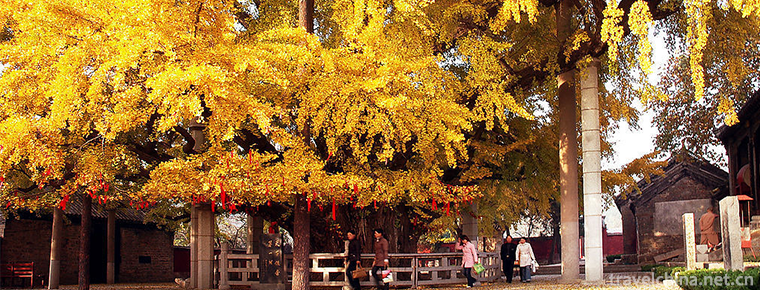
-
Dali arched fish
Dali aToxoplasmus dali, commonly known as fine-scaled fish.
Views: 235 Time 2018-10-17 -
Yunpu Dongtian Tourist Area
Yimeng Yunpu Cave Tianshan Scenic Area is located in Feixian County, Shandong Province. There are five scenic spots: Tour Stone, Tianmeng Lake, Drunken Stone Forest.
Views: 112 Time 2018-12-22 -
Expo Area of Acient Kiln Folk Cultures in Jingde
Jingdezhen Ancient Kiln Folklore Expo Area, located in Fengshu Mountain and Panlonggang, Changjiang District, Jingdezhen City, Jiangxi Province, covers an area of 83 hectares. It is a cultural tourist.
Views: 158 Time 2019-01-12 -
Hani terrace Yuanyang terrace
Yuanyang Terrace, located in the south of Ailaoshan Mountain in Yuanyang County, Yunnan Province, is a masterpiece left by the Hani people from generation to generation. Yuanyang terrace is the core a.
Views: 117 Time 2019-01-13 -
Yishui Underground Fluorescent Lake Scenic Area
Yishui underground fluorescent Lake tourist area is now renamed as the fluorescent insect water tunnel tourist area..
Views: 217 Time 2019-03-03 -
Korean Costume
Korean costume, Korean traditional folklore, one of the national intangible cultural heritage..
Views: 134 Time 2019-04-16 -
memorial ceremony for Confucius
The sacrifice to Confucius is a grand sacrifice ceremony held mainly in Confucian temples for the sake of revering and remembering Confucius, which is a miracle in the history of world sacrifice and h.
Views: 130 Time 2019-05-05 -
Bangkok in Puzhou
Bangzi of Puzhou is named for its origin in ancient Puzhou. Jinzhong and Northern Shanxi are called "Bangzi on the South Road" or "Bangzi Opera on the South Road", Shangdang is cal.
Views: 118 Time 2019-06-09 -
Tang Sancai Techniques
Tang tri coloured firing technique originated from the early Tang Dynasty. The tri coloured glazed pottery of Tang Dynasty, as the essence of traditional Chinese art in the Tang Dynasty, has a history.
Views: 122 Time 2019-06-18 -
Wuhe Folk Song
Wuhe folk song is a traditional form of folk song which is popular in Wuhe County and its surrounding areas in Anhui Province. There are three categories: labor chant, Yangge (Tiange) and minor. Among.
Views: 172 Time 2019-06-29 -
Bamboo Paper Making Skills
Bamboo paper production maintains a complete traditional process. It is manually made by dipping paper. There are 15 links and 72 processes from material selection to paper making. The production proc.
Views: 202 Time 2019-08-10 -
Science and technology of Panzhihua
In 2018, there were 2865 patent applications in Panzhihua. The output value of high-tech industry reached 53.1 billion yuan, and 2015 science and technology projects were arranged, including 780 high-tech projects, 320 new high-tech projects in that year, and 16 science and technology.
Views: 342 Time 2020-12-14


